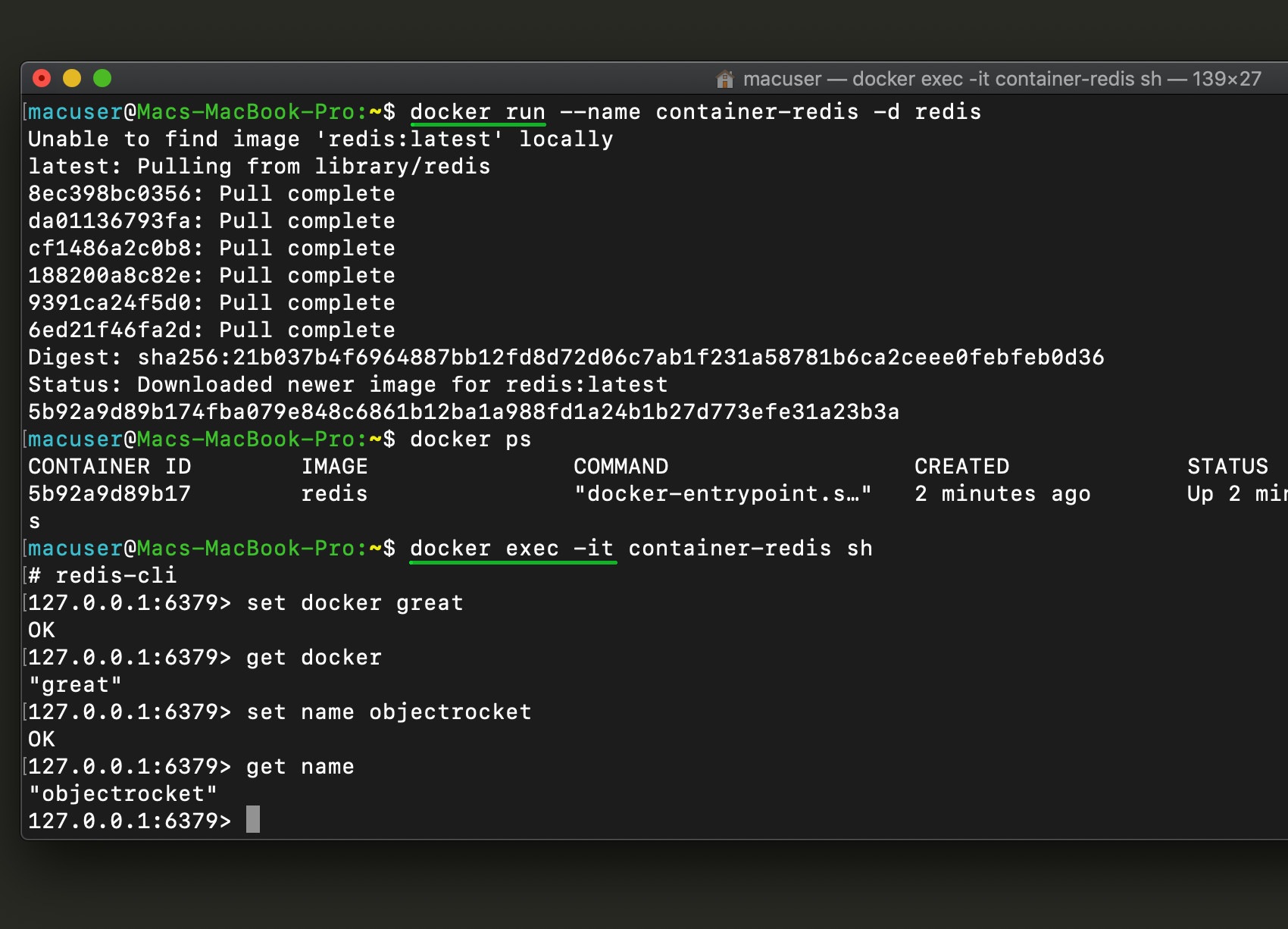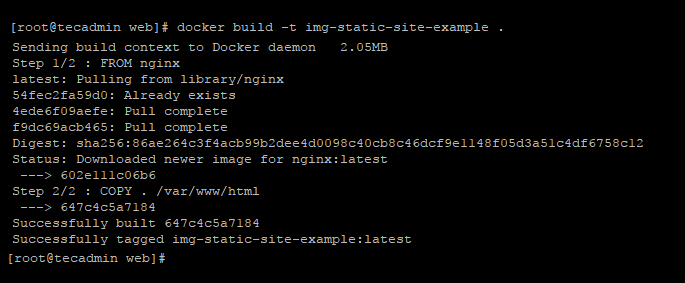
Once created, this environment variable is then referenced via $name. In the example below, the Dockerfile is defining an environment variable called name with a value of friend. You’ll notice this time, the Dockerfile uses environment variables and shown using ENV.

Open the Dockerfile in your preferred text editor again, replace everything inside with the following series of commands and save it. Docker does not support variables in command invoked via exec form. You can only use Dockerfile variables in shell form. Rather than statically assigning command arguments, you can capture and pass those arguments to commands with variables. The arguments you need to pass to a command are exposed only at runtime. Sometimes you may not know the exact command-line arguments to pass to command ahead of time. Running a Docker container with docker run Using Variables in a Dockerfile Create a new folder to store the Dockerfile and all associated files this tutorial will use and change to that directory. First, open PowerShell as administrator.Ģ. A Dockerfile is a text document that contains a list of commands to build containers, Docker images and determines how a Docker image is created.ġ. Related: Deploying your First Container with Docker for Windows Creating a Dockerfileīefore you can run Docker container startup commands, you must first create a Dockerfile. Docker Desktop – This tutorial uses Docker Desktop v3.3.1.

#Docker run image in shell windows 10#
A Windows 10 PC – Windows 10 v2 was used in this tutorial.Since this tutorial will be a hands-on demonstration, be sure you have the following in place: Combining Dockerfile ENTRYPOINT and CMD Instructions.


 0 kommentar(er)
0 kommentar(er)
